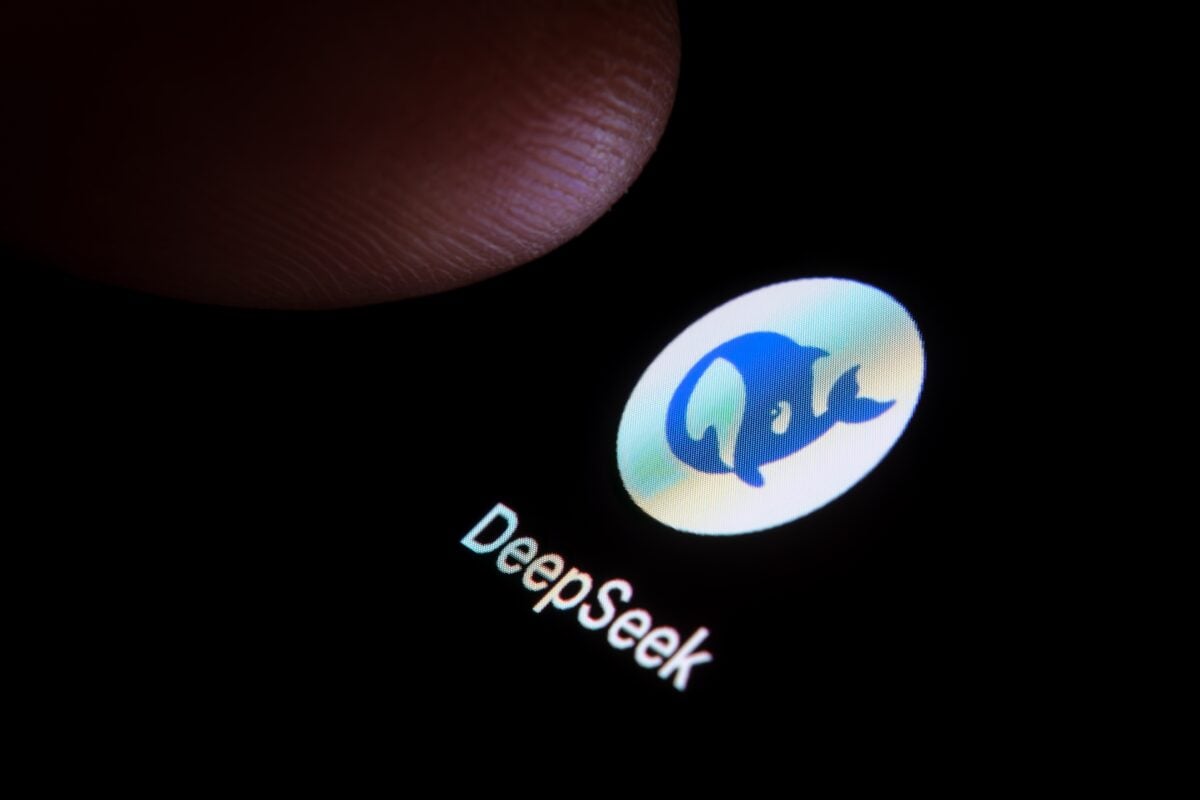TLDRs;
- DeepSeek launches V3.1 with hybrid inference, delivering faster performance and advanced agent capabilities.
- Model trained for only $5.6M, rivaling U.S. AI firms that spend hundreds of millions.
- API price updates highlight intensifying competition, with affordability now a key differentiator in AI adoption.
- DeepSeek’s rise underscores China’s AI ambitions amid growing technological rivalry with the U.S.
Chinese artificial intelligence startup DeepSeek has officially unveiled DeepSeek-V3.1, the latest version of its large language model (LLM).
The updated system introduces a hybrid inference structure designed to deliver faster processing speeds and improved agent capabilities, signaling a strategic shift in how China’s AI sector approaches efficiency and innovation.
Alongside the new release, the company confirmed it will update its API pricing for developers starting September 6, a move likely to intensify the growing competition in global AI services.
Innovation Under Constraints
Unlike many American rivals that rely on expensive, large-scale hardware, DeepSeek has built its reputation around achieving high performance at remarkably low cost. DeepSeek-V3.1 was trained for just $5.6 million, a fraction of what firms like OpenAI or Anthropic typically spend.
Introducing DeepSeek-V3.1: our first step toward the agent era! 🚀
🧠 Hybrid inference: Think & Non-Think — one model, two modes
⚡️ Faster thinking: DeepSeek-V3.1-Think reaches answers in less time vs. DeepSeek-R1-0528
🛠️ Stronger agent skills: Post-training boosts tool use and…— DeepSeek (@deepseek_ai) August 21, 2025
Despite this budget-friendly approach, the model achieved a 71.6% score on the Aider coding benchmark, placing it in direct competition with proprietary U.S. systems.
This efficiency is not just a matter of strategy but also necessity. U.S. export restrictions on advanced chips have forced Chinese developers to optimize for maximum output per dollar, refining their architectures rather than simply scaling up with more hardware. As a result, DeepSeek’s development path highlights how innovation born out of constraints can lead to more efficient and sustainable AI models.
API Pricing Wars
DeepSeek’s announcement also comes amid intensifying AI pricing battles. OpenAI recently slashed costs for its O3 API by nearly 80%, dropping rates to $2 per million input tokens and $8 per million output tokens.
DeepSeek’s upcoming changes suggest it aims to remain highly competitive in this evolving market.
For developers, these shifts mean more accessible AI tools without the prohibitive price tags once associated with advanced models. The move also signals a broader industry trend where, as large language models become increasingly commoditized, cost efficiency may define the winners of the next AI race.
Spotlight on China’s AI Ambitions
The launch of DeepSeek-V3.1 aligns with China’s broader push to cement itself as a global leader in AI. Just last month, the World AI Conference (WAIC) in Shanghai brought together top Chinese tech firms including Tencent, ByteDance, and Zhipu AI, alongside rising players like DeepSeek. Chinese Premier Li Qiang’s participation underscored the sector’s growing national importance.
At the same time, U.S. President Donald Trump unveiled an “AI Action Plan” designed to safeguard American dominance in the field. The absence of major U.S. companies from the Shanghai summit only highlighted the growing technological rivalry between Washington and Beijing.
Against this backdrop, DeepSeek’s ability to produce cutting-edge results with modest budgets has given it both domestic prestige and global attention.


